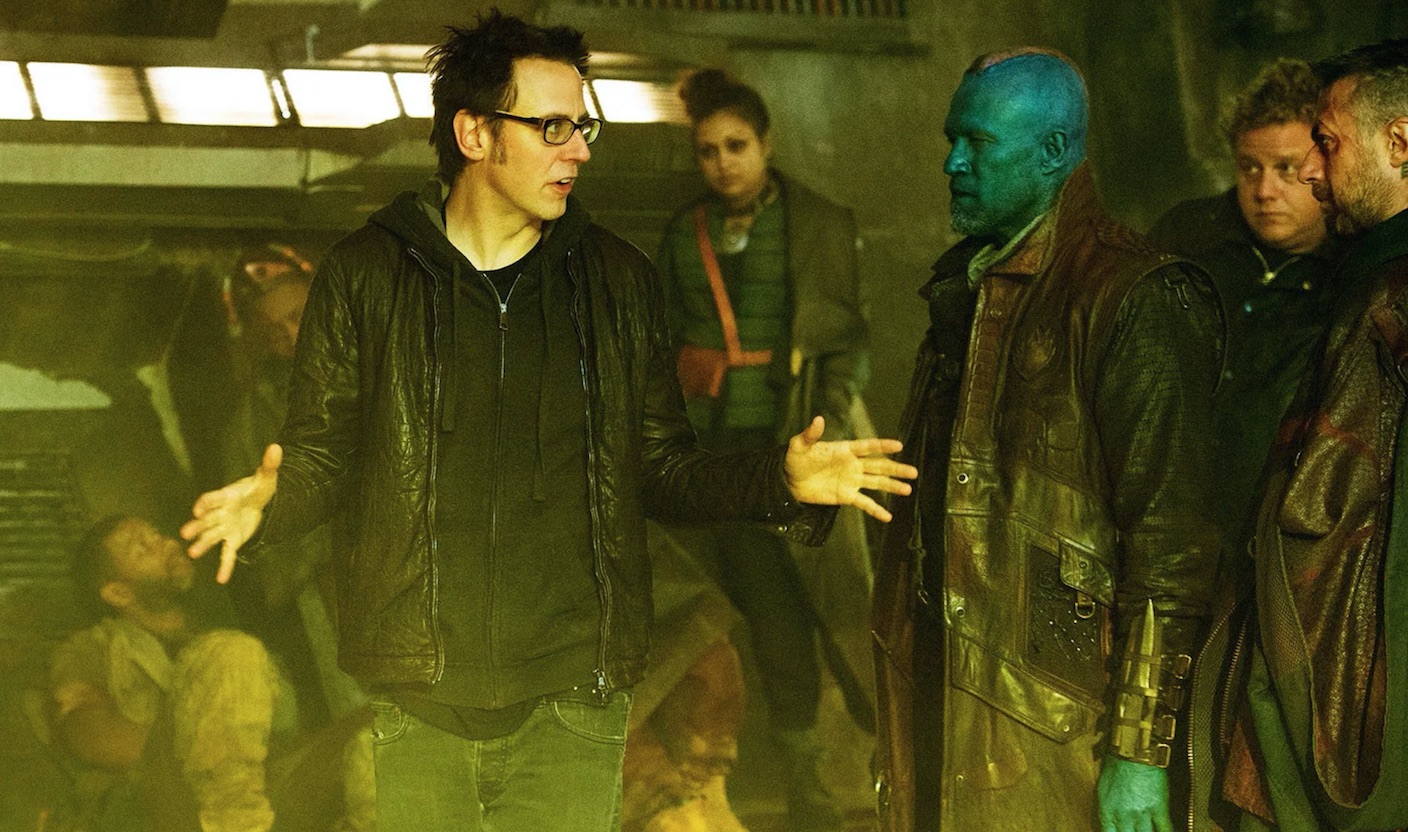
Screenwriter Garret Shanley and director Lorcan Finnegan are a fascinating creative pair when it comes to delivering cerebral and surrealistic horror. Their first two collaborations are frustratingly unclear and underdeveloped films that are still strikingly well-made and compelling. Despite their faults, both films manage to exhibit great potential without fully realizing it.
Their first collaboration, the short film Foxes, centers on a struggling photographer who inexplicably transforms into one of the wild foxes that haunt her neighborhood. Shanley and Finnegan’s first feature and second collaboration, Without Name, focuses on an adulterous land surveyor who, quite literally, loses himself in his most recent assignment. Vivarium, their third and, to date, most artistically successful and fully realized collaboration, is a tantalizingly ambiguous and nightmarishly creepy masterpiece about the horrors of monotony behind middle-class existence.
Quality-wise, Shanley and Finnegan’s latest collaboration, unfortunately, ranks alongside their flawed first two joint efforts. Nocebo centers on an inexplicably ill fashion designer (Eva Green) who is surprised to find a mysterious Filipino caregiver (Chai Fonacier) on her doorstep who claims that she can help. Hallucinations, bouts of madness, and increasingly detailed flashbacks propel the story forward in a frustratingly jagged manner.
Shanley and Finnegan’s previous films feature complex storylines with complex executions. Nocebo is a rather simple and straightforward story this time around, but its execution is still inappropriately complex and, as a result, progressively tiresome. The film’s overly ambitious storytelling techniques consistently get in the way of coherency. Nocebo’s storyline, which could have been riveting if it were conveyed in a simpler, more direct, and more developed manner, is often muddied as a result.
Green does a fine job of portraying the fear and confusion that so endlessly haunt her character. Unfortunately, she’s not given a lot of meat to chew on otherwise, as the important details that define her are only truly shaded in and revealed towards the film’s end in order to appease the (somewhat cheap) shock value resulting from the film’s primary plot twist. The same can be said of Fonacier. It’s not her fault that Shanley and Finnegan chose to save her best and most important bits for last, but the decision still hurts her performance because it’s hard to become fully invested in her character until her backstory is completely revealed, again in the name of a gimmicky surprise, in the film’s final moments.
If the audience were let in on what motivates and haunts the two main characters early on in the film, it would be easier to become more emotionally involved in their struggles and the film’s moments of surrealism would be less befuddling. As it stands, however, Nocebo has a top-heavy and lopsided narrative structure that allows attempts at cleverness to take precedence over clarity, inclusivity, and emotional resonance.
Though all-around well-acted and impressively well-made on a technical level, there’s just too much emphasis put on strange otherworldliness, structural experimentation, and the desire to push intellectual boundaries for the film to be relatable and satisfying on a basic human level. Nocebo should have been an enthralling and grounded tale of tragedy and revenge. Instead, its somewhat pretentious and excessive attempts at mind meddling make it lose focus and fail to display any truly discernible point. Though the film is in many ways admirable, too many of its finer details get lost in its far-too-complicated design.
GRADE: C



